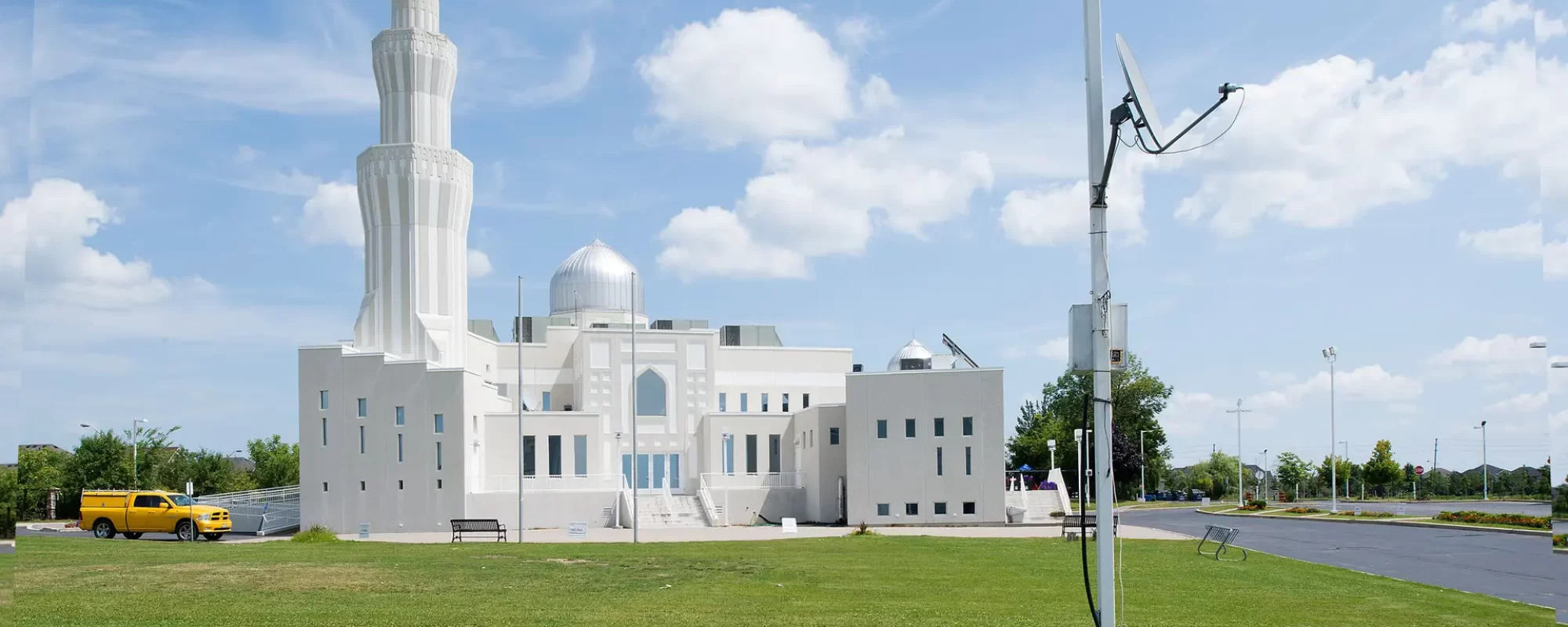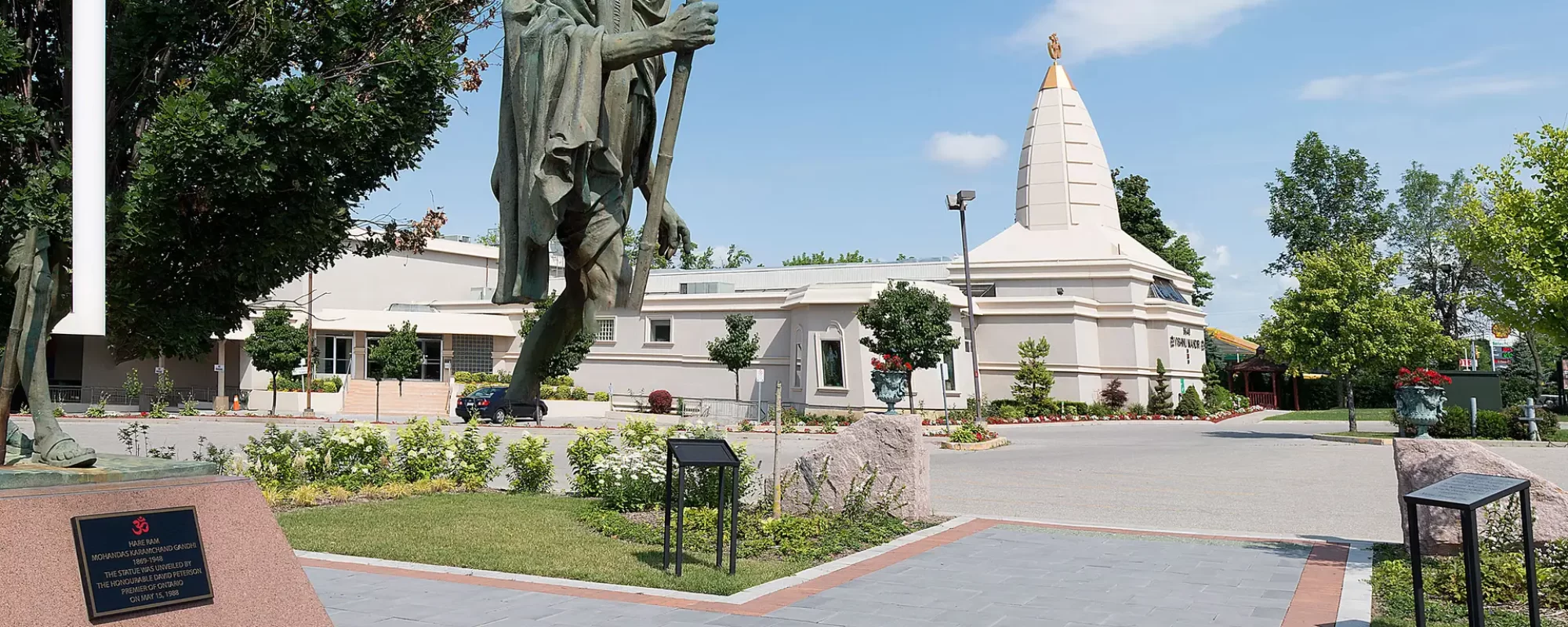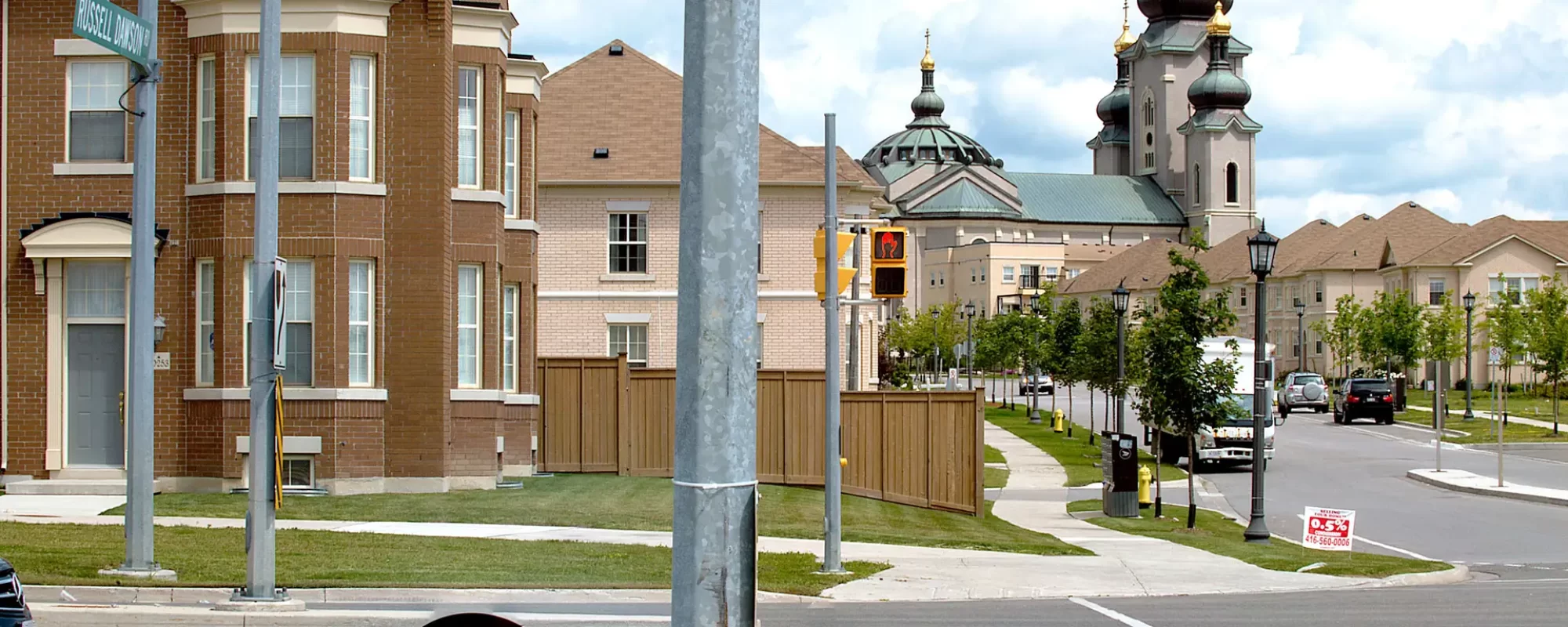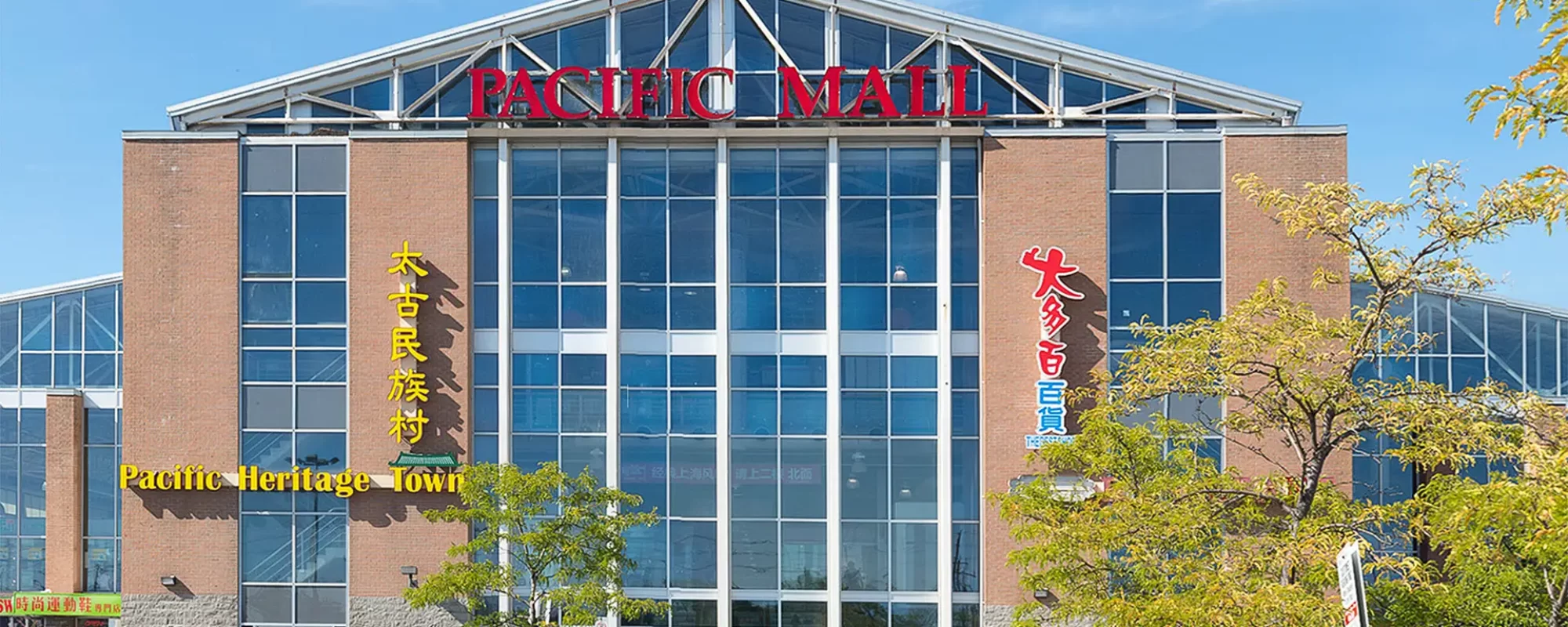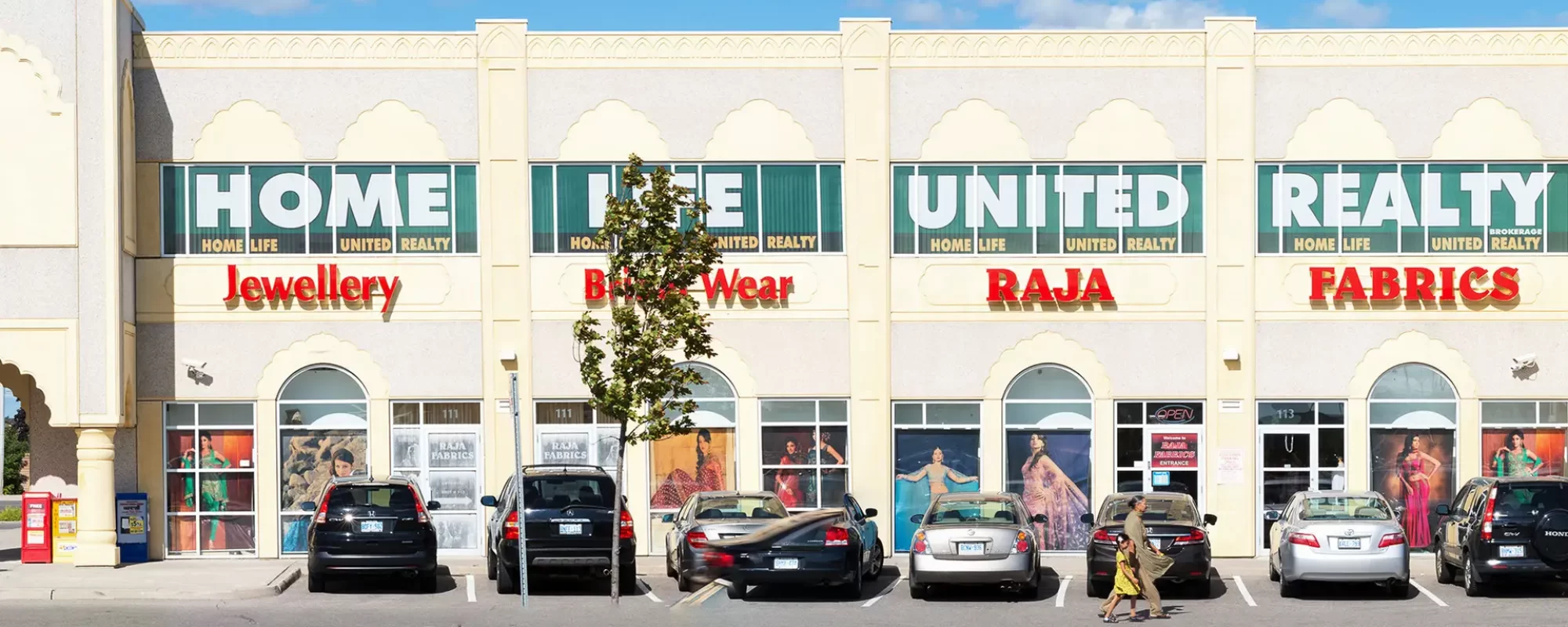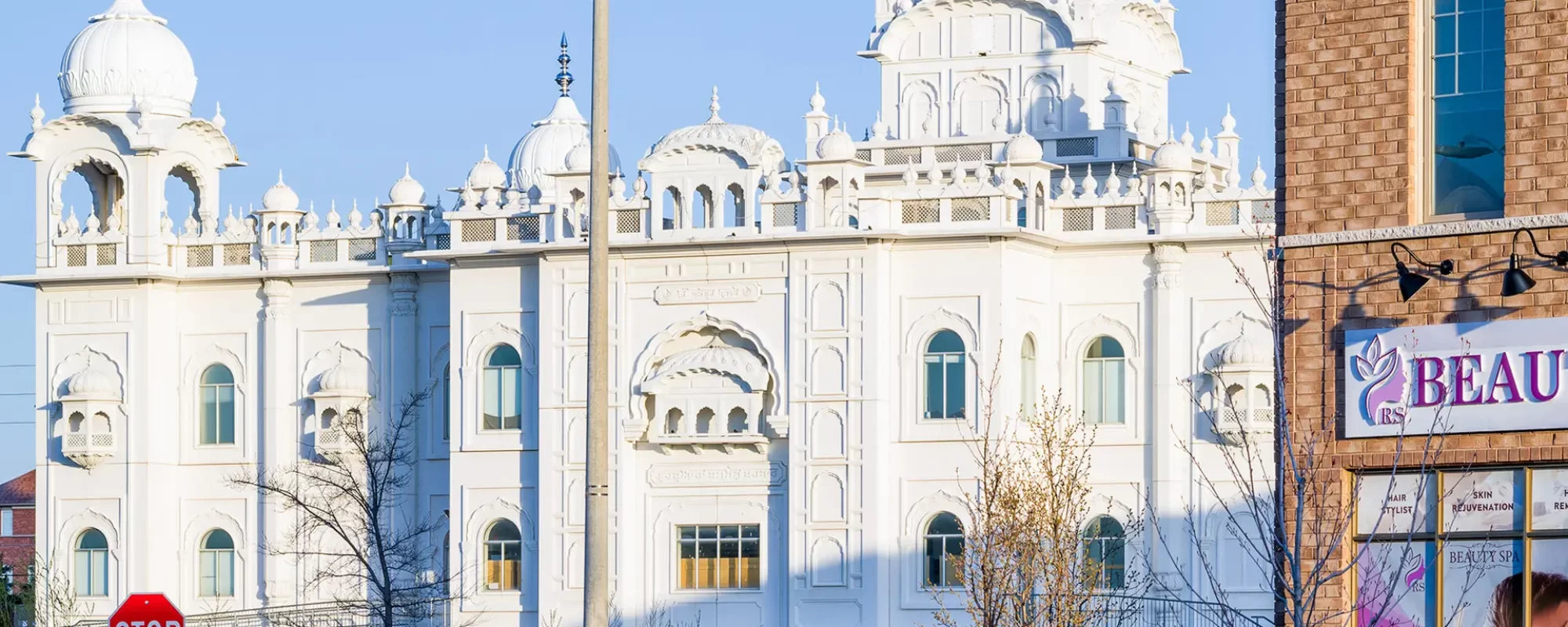I grew up in rural Ontario but have lived most of my adult life in downtown Toronto. I’ve become fascinated by a new form of urban landscape just beyond my city limits – places that are both familiar and foreign to me. Unlike most other North American suburbs, I find Toronto’s outer fringe – also known as “the 905 region”– anything but boring; to me it’s exotic. Defined by expansive spaces that have recently been transformed from farmland into urban sprawl, Toronto’s surrounding municipalities have been reshaped by a wave of transnational immigration that, in turn, has led to the development of new retail spaces, community centres and faith-based buildings of all kinds. These new landmarks rise up out of the homogenous tract housing and corporate-built shopping malls, emerging as vibrant hubs for burgeoning and diverse communities of newcomers, as well as their second and third generation families. They are hopeful places that appear to have little interest in the city proper. The populations who live there seem driven to build new kinds of urban centres where none existed before. One imagines it will be difficult to refer to them as “suburban” in the near future.
To visualize my subject I’ve adopted the relatively new and ever-pervasive lens of digital media – specifically Google Street View. This automated and virtual platform for exploring the physical world presents multiple perspectives created at different times under the guise of a single photographic image that can been enlarged, moved and hyperlinked to a range of other data forms with the click of a mouse. In this new photographic reality we see more information than was ever imaginable before, while overlooking the visual disruptions and mash-ups created by photo-merging algorithms. Each of the images in the installation incorporates this new approach to photographic seeing – presenting a landscape of diversity and hybrid culture through a system which “stitches” together disparate parts to make a whole.
– Robert Burley



